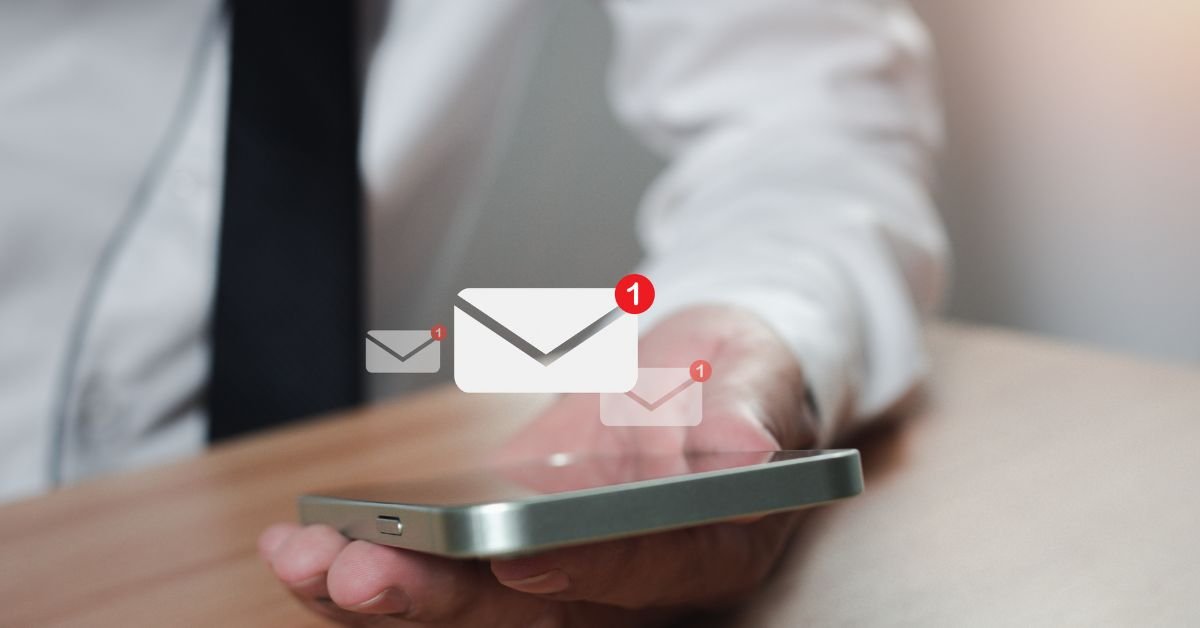Creating and Using Email Aliases

Introduction
An alternative email address associated with the primary email account is called an email alias which allows users to send and receive emails without exposing the main address. These addresses do not have an Inbox. Any mail sent to these addresses is routed to the primary email account.
Purpose.
Aliases can be created and manage simply while offering a flexible way to organize and secure communication. They also protect privacy by keeping the primary address hidden. If it becomes a target of unwanted email, you can delete it without affecting the main account. Businesses often use aliases to ensure customer queries are routed efficiently.
Are Email Aliases Safe?
Aliases are generally safe. You can make your mind up by looking into the following considerations.
Advantage of Safety
Using aliases for external interactions signing up or subscribing to the newsletter, users tend to keep their main address private. Alias reduces your exposure to phishing attempts, spam, and other malicious activities. In this way, your primary account is secured from becoming a target.
Managing Spam
It is easy to manage spam with an alias. If one of the aliases is compromised by hackers, it can be deactivated or deleted easily. The hassle of changing real addresses is avoided. Similarly, in temporary transactions, the alias becomes a buffer and protects your identity from data misuse.
Flag unethical Parties
Email aliases can help to identify unethical party websites that sell and misuse users data. Employees often interact with multiple external sites; by creating unique aliases for each third party, users can monitor how their data is being handled.
Corrective Action
Using aliases can provide a trail for identifying data leak sources which helps to take corrective actions. Employees can report the misuse and even consider legal or regulatory resources if necessary.
A cost-effective way to create professional-looking IDs
Freelancers and small businesses can maintain a professional digital presence using aliases. Instead of purchasing multiple accounts, a single account can have multiple aliases. These aliases create the appearance of a larger organization boosting credibility with clients.
Inbox Management
Aliases help streamline operations and improve inbox management. For example, messages can be routed to specific folders based on purpose, such as inquiries or payments, reducing clutters and improving efficiency. They also enhance security by masking the primary email address, which reduces exposure to spam and phishing attacks. This is particularly true for employees who handle multiple roles to keep tasks organized without juggling multiple accounts.
Risks of Email Aliases
Email aliases also come with potential risks and limitations that users should be aware of.
Exposure to Spam
When aliases are widely shared or used for public sign-ups, they can be potentially exposed to spam and phishing attacks. If an alias is published on websites or forums, spammers can harvest it for malicious purposes. The alias may start receiving unsolicited emails which can clutter inboxes. You may find it harder to legitimate communication.
Phishing Attacks
Phishing attacks are an even greater threat. Hackers can target an alias impersonating trusted entities, tricking the users into revealing sensitive information. Furthermore, if an alias is linked to the primary account, hackers may attempt to use the alias as a stepping stone to compromise the main account.
Mismanagement of Email Routing
Mismanagement can create confusion and inefficiency while handling multiple aliases. Poor organization can result in all emails from multiple aliases arriving in the same inbox. The lack of differentiation makes it challenging to identify the purpose or source of messages.
No True Anonymity
Despite a layer of privacy by masking the primary address, no true anonymity is provided. Alias remains linked to the primary account which means poorly configured email systems can potentially expose the underlying address.
Hackers
Advanced attackers may exploit weaknesses in email headers to trace aliases back to primary account. Similarly, if the email provider system is not properly managed the relationship between the main account and aliases is inadvertently revealed.
The lack of anonymity could lead to spam, To minimize the risks, users should secure the primary account with strong authentication methods and choose reliable email providers that emphasize privacy.
